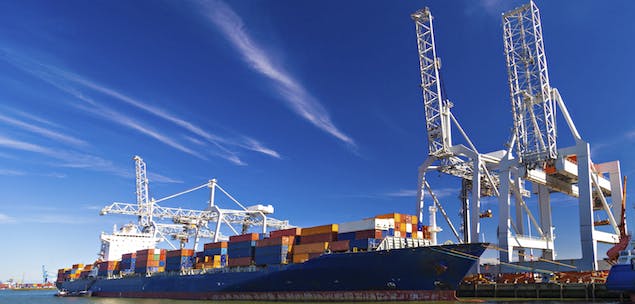Just when the Australian dollar is starting to bounce back against the US dollar after dipping last year, the local market is now being hit by the fluctuations in the Chinese economy. This has knock-on effects for Australian businesses.
As Australia’s largest trading partner, China’s economic troubles is putting some pressure on the insolvency landscape, as is the continuing slump in the commodities market, which makes up a large portion of Australia’s export volume. These forces are leading to an increased risk of insolvency rates in the Australian market, with some industry sectors facing more exposure than others.
After a sharp increase in Australian business insolvencies between 2008 and 2009, and a steady, historically-high level between 2010 and 2013, insolvencies decreased by almost 20 per cent in 2014. However, thanks to the commodities slump and the situation in China, business insolvencies are estimated to have increased again during 2015 by up to 10 per cent, according Atradius research.
While the Chinese economy and commodity prices fluctuation is putting pressure on the Australian resources sector, there are a number of other sectors that are also expected to have a poor credit risk factor in the coming year. According to recent research, these include the automotive and transport, paper, metals, and textiles sectors.
In addition to these sectors, there are four broad industry areas that are expected to be particularly susceptible to insolvency in 2016:
1. Small business
Almost 80 per cent of corporate insolvencies in Australia during the financial year ending June 2015 were for small businesses, according to the Australian Securities and Investments Commission (ASIC). These figures are in line with ASIC’s figures for the previous financial year, ending in 2014. If this trend is anything to go by, small businesses will once again count for an overwhelming share of insolvencies in Australia in 2016.
2. The resources sector
The weakening of the global commodities sector, following years of boom in Australia’s mining industry, is likely to see many mining companies, both large and small, find it increasingly hard to retain profit margins in 2016. In December 2015, for example, iron ore hit its lowest price in a decade. China’s economic slowdown only compounds this problem.
3. The construction industry
Insolvent businesses in the local construction industry had a total shortfall of liabilities over assets for their creditors of AUD$1.63 billion during 2013-14, according to ASIC’s figures. This finding highlights how suppliers and other businesses up the supply chain can be hardest-hit when construction companies go out of business.
While the Senate committee investigating the construction industry has laid down a number of recommendations, these are unlikely to be implemented immediately and it’s reasonable to expect further insolvency activity in the industry to continue throughout 2016.
4. International trade with China
The resources sector is not the only part of the Australian business landscape to be hit by the fluctuating Chinese economy in 2016. The Atradius 2015 Payment Practices Barometer for the Asia Pacific region found that Australia in general was particularly susceptible to the economic slowdown in China.
China’s economic woes are also affecting economic stability in other nations within the Asia Pacific region that trade with Australia. This increases the potential risks for Australian exporters dealing with companies in those markets. For example, Indonesia has also shown susceptibility to the Chinese economic slowdown.
Given the regional economic climate, Australian companies doing business with organisations in China, or other organisations that may be affected by trade with China, should investigate ways to mitigate their increased exposure risks.
About the author:
Mark Hoppe joined Atradius in Sydney in 2006 as the Head of Client Service, which saw him responsible for all the day to day client and broker issues. In October 2012 Mark moved to the USA as Regional Unit Director of Atradius Global – North America. Mark was appointed as Managing Director for Atradius Australia and New Zealand in August 2014, with more than 18 years’ experience in the insurance industry under his belt.

